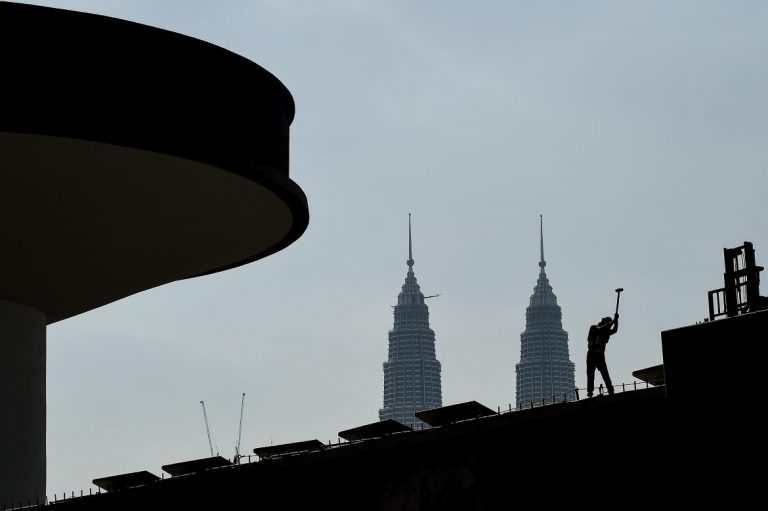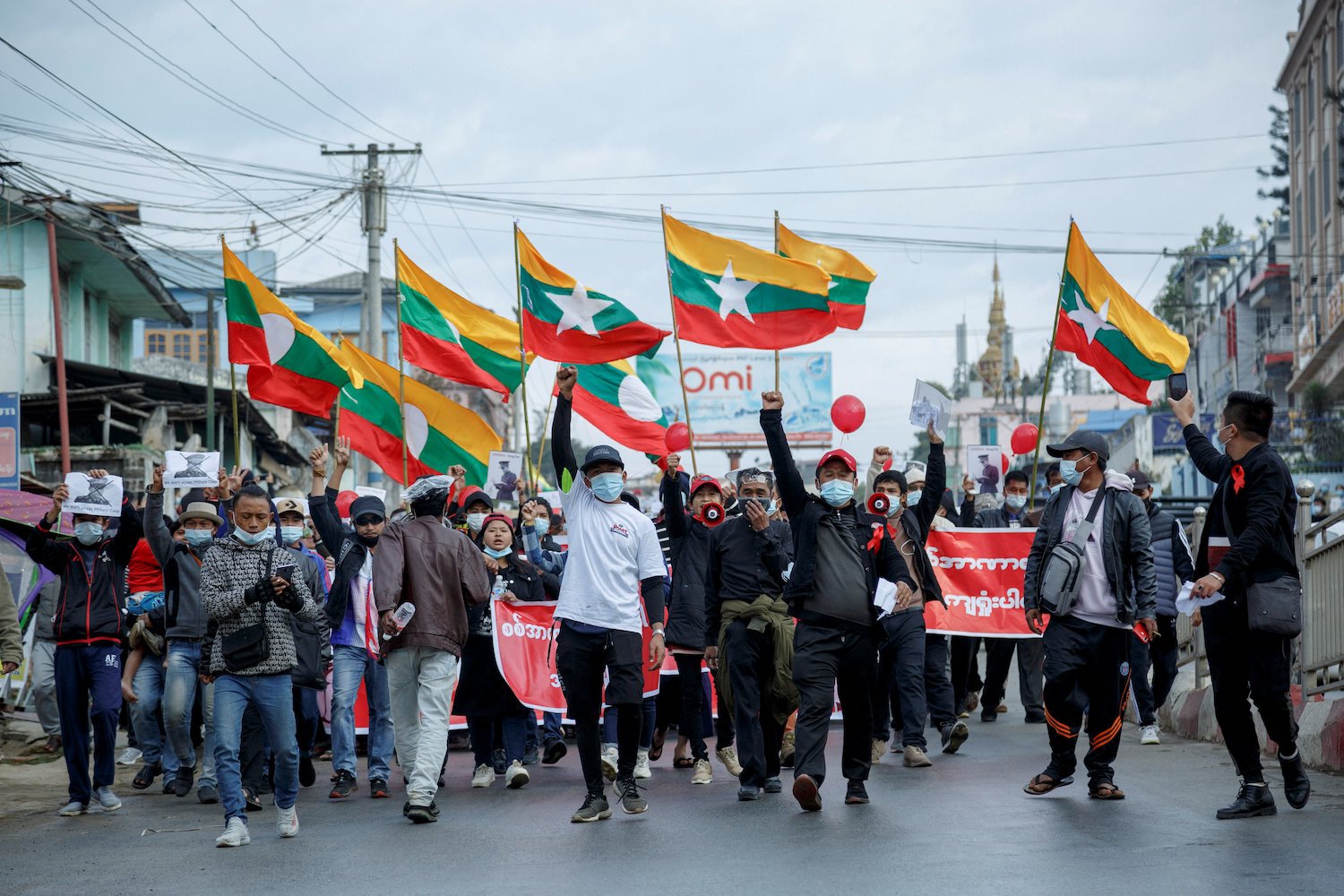OPINION
Worryingly high rates of depression have been found in a rare public survey, showing the need to address huge gaps in the provision and public understanding of mental health.
By CHARLIE ARTINGSTOLL | FRONTIER
A recent online survey has found alarmingly high levels of depression in Myanmar, with a quarter of all respondents describing their symptoms as “severe” or “moderately severe”, and with higher rates among the young.
The results are perhaps unsurprising, given the twin crises of COVID-19 and the 2021 military coup. The resulting increase in poverty and violence has exacerbated what was already a dire situation for many people. Nevertheless, the survey shows that serious shortfalls in the provision and public understanding of mental health need to be addressed if the country is to heal and thrive beyond the immediate crisis.
Myanmar has only two dedicated mental health hospitals and eight clinically trained psychologists to meet the needs of some 54 million people. Mental health legislation is limited to the 1912 Lunacy Act, written in colonial times and not updated in over 100 years, while social attitudes encourage people to repress their feelings rather than seek help.
The recent survey was conducted by a mental health services provider in Myanmar working on prevention and healing through counselling. It covered 929 participants and covered all states and regions besides Mon State. However, because it was only undertaken in Burmese and the majority of respondents were from urban areas, which have seen less conflict, it likely understates the situation in the country at large.
The survey used the Patient Health Questionnaire-9 (PHQ-9) method, an internationally accredited depression screening tool that has been translated into over 100 languages and extensively cited since its inception in 2001.
PHQ-9 evaluates the presence over the past two weeks of each of the nine criteria of a depressive episode: depressed mood, anhedonia (reduced ability to experience pleasure), change in weight or appetite, psychomotor agitation or retardation, sleep problems, fatigue or loss of energy, feelings of worthlessness or guilt, having trouble concentrating, and suicidal thoughts or attempts.
The frequency of each is given a score of 0 (not at all), 1 (several days), 2 (more than half the days) and 3 (nearly every day). A score of 0 would therefore mean that the participant experienced none of the nine depressive criteria over the last two weeks, whereas a score of 27 would indicate that they experienced all nine nearly every day. Total scores of 0-4 illustrate minimal depression, 5-9 mild depression, 10-14 moderate depression, 15-19 moderately severe depression and 20-27 severe depression.
The survey results show a mean PHQ score of 10.58 (moderate depression), with one in four people experiencing moderately severe to severe depression (a score of 15-27) and therefore “in need of psychological interventions”.
Young people under the age of 25 showed consistently higher levels of depression and had the highest mean PHQ-9 score at 13.04. The mean decreased as age increased, with a score of 4.84 for the group 58 years and above.
Notably there were minimal differences in depression levels based on gender or education level.
While these findings correspond with a situation of obvious hardship, danger and distress for millions of people since the coup, mental health has long been a serious, and largely neglected, problem in Myanmar.
Infrastructure, supplies, human resources and funding devoted to mental health are severely lacking and have been for decades. The treatment gap – the difference between the number of people who need care and those who receive care – in 2012 was 95.8 percent – and that figure ignores those who don’t realise they need care.
Demand for services from the public has remained artificially low because mental health is heavily misunderstood and stigmatised, and the need for help is almost always conflated with severe mental illness. A friend of this writer who graduated in psychology from Yangon University was frequently asked why she wanted to work in an ayuu daung (a “crazy person prison”, as psychiatric hospitals have traditionally been called in Burmese), as if that were the only role for psychologists in the country. When people admit to mental or emotional problems, they overwhelmingly revert to stoicism, downplaying or disregarding their negative feelings rather than seeking help.
In terms of the supply of mental health professionals, currently there are no graduate-level courses offered in clinical psychology in Myanmar, meaning that the only option is to study abroad. There are only eight Myanmar nationals in the country who qualify as professional mental health counsellors, with masters in counselling or health psychology.
Since 2021, more people have been taking short, often online, courses in mental health, usually of 20-60 hours. However, you wouldn’t expect a surgeon to be able to operate after a 30-hour course, and these courses are no real substitute for clinical-psychology and psychotherapy degrees that are often 1,000-1,500 hours, followed by 1,500 hours of supervised work.
Nonetheless, the increased uptake of these courses is a welcome development. Those who take them become more able to deal with minor issues in their communities, but perhaps the biggest benefit is increased public awareness of mental health and the importance of treatment.
A holistic approach for the general public is needed to address both the supply and demand deficiencies, but also and more importantly, we need to introduce mental health and emotional well-being as positive concepts to as many people as possible. Only when people are aware of mental health as a positive concept can they start to improve their own.
One barrier to achieving this is language. Programming only in Burmese is not enough in a country of huge ethnic diversity where more than 100 languages are spoken, and Indigenous minority language speakers make up 34pc of the population. Because expressing one’s feelings is a key aspect of mental health, it is best provided in an individual’s mother tongue.
According to linguistic database Ethnologue, in 2008, the government estimated that 80pc of the population spoke Burmese, but aside from almost certainly being a politically-motivated overestimation, this figure is deceptive. For a good number of that 80pc, Burmese is a secondary language spoken with various levels of fluency.
Furthermore, for certain ethnic groups, Burmese is the language of the coloniser. Successive governments have waged brutal military campaigns against these groups, but also subjected them to a process called Burmanisation, where education, repressive laws, religious proselytization and economic exploitation are used to wash away ethnic identities. You can’t hope to heal people using a language associated with violence and oppression.
Ultimately, the results of the survey should come as little surprise. Nonetheless, studies such as this are not only rare but vital for understanding Myanmar’s mental health landscape, and ought to be the cornerstone of any future mental health programming. Only once we normalise discussions and thoughts about mental health can any real progress be made.
Charlie Artingstoll works in mental health in Myanmar. His organisation designed and implemented an awareness raising project, has developed resources in 19 ethnic languages and is developing lesson plans to bring these resources to classrooms across the country.







